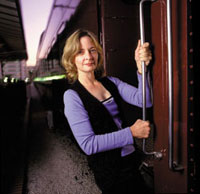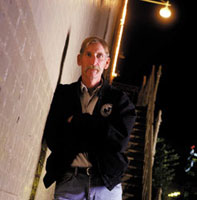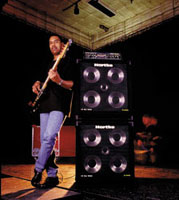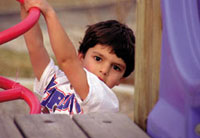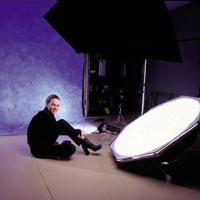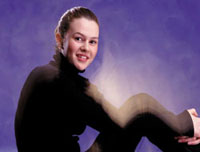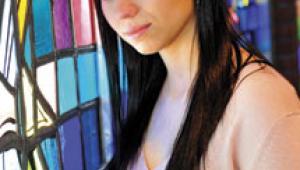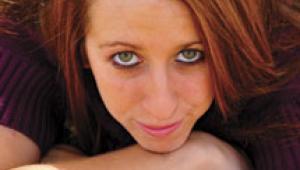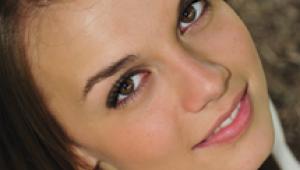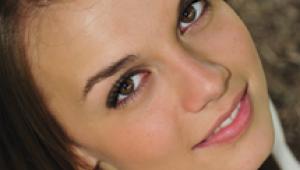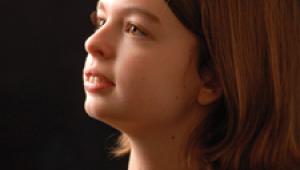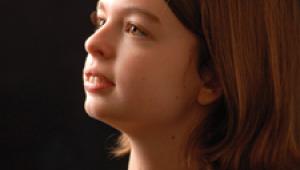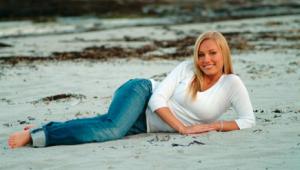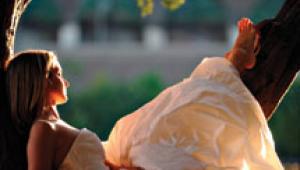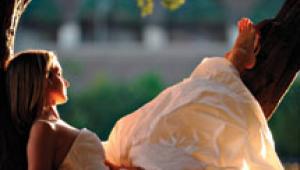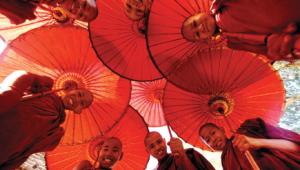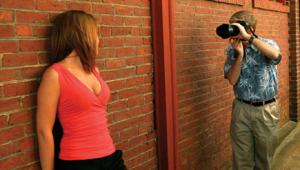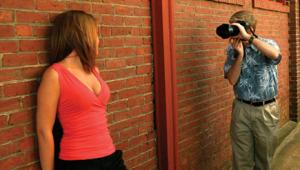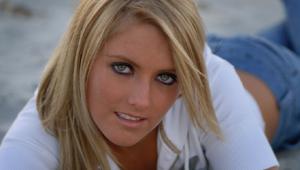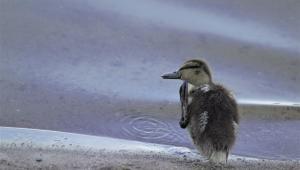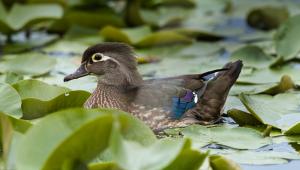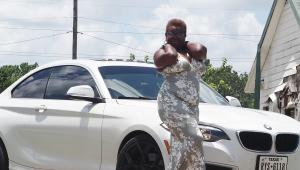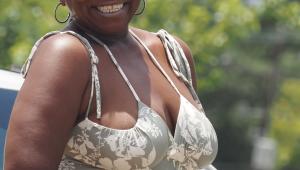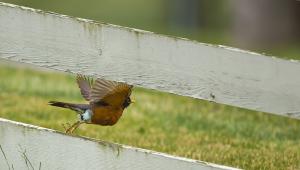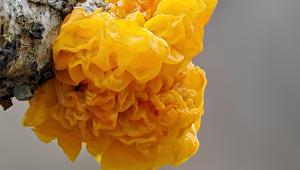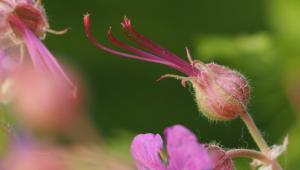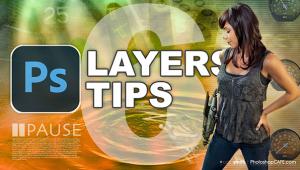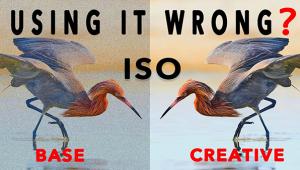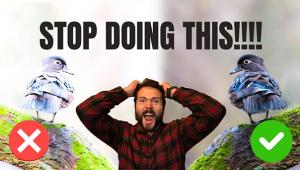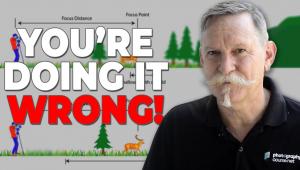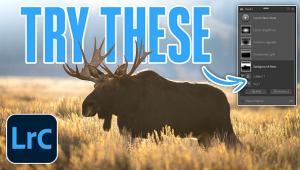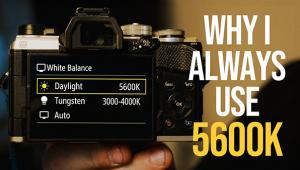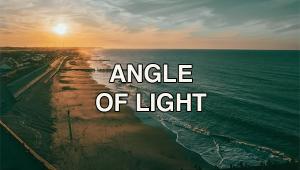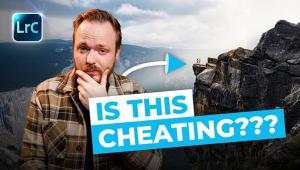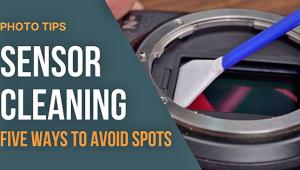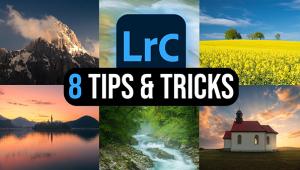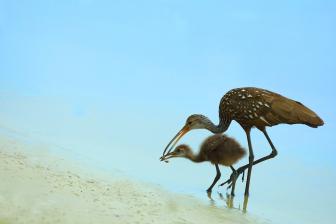Breaking The Rules
Fresh Techniques For People Photography
If you still think of portraits
in terms of main light, fill light, and key light, I think you're
missing out on some fresh and exciting techniques. While the classic
studio portrait is still practiced by lots of amateurs and practically
every portrait and wedding house in the world, editorial and commercial
photographers have continued to push the boundaries of what can commonly
be referred to as a "portrait." |
|||
Even if your goal is not to
receive compensation for your portrait work, you'll still want to
shoot images of friends and family that impress. Inspiration can come
from any number of sources, including the pages of photography magazines.
(Know any good ones?) I like to look through foreign magazines, especially
Japanese and British pop culture. When my own people photography gets
stale I like to see what they're doing in other markets, and then
try to incorporate some elements of the best foreign work into my own. |
|||
When it comes to lighting,
you can get great shots with just the sun and a reflector or two. Trying
to rely on the sun on a regular basis you'll find that you'll
miss out on a lot of great opportunities. I use a combination of studio
flash units, battery powered pro flash units like my Balcar P2 system,
and shoe mount battery powered flash units like Vivitar 285s. I've
found that with a decent array of camera and lighting equipment, you can
do a lot. |
|||
When it was time to pose the
subject, I tried a lot of different positions. We tended to like these
shots, hanging off the train. By getting very close with a wide angle
lens I could bring a real sense of immediacy to the image, while also
getting a good sense of the train and the surroundings. The diffused light
provided by the softbox helped lend some nice light to the subject, while
also giving the image some sharpness and strong color. |
|||
Lighting For Effect.
Sometimes it's time to bring out the big guns (Photo 3). For this
magazine ad with musician Richard Patterson I brought out all the flash
I had, and used almost all of it. |
|||
I like to use this technique
when shooting executive portraits, often through office windows or through
open doorways. If you can shoot relatively wide open you can limit your
depth of field to make your subject really "pop." |
- Log in or register to post comments
